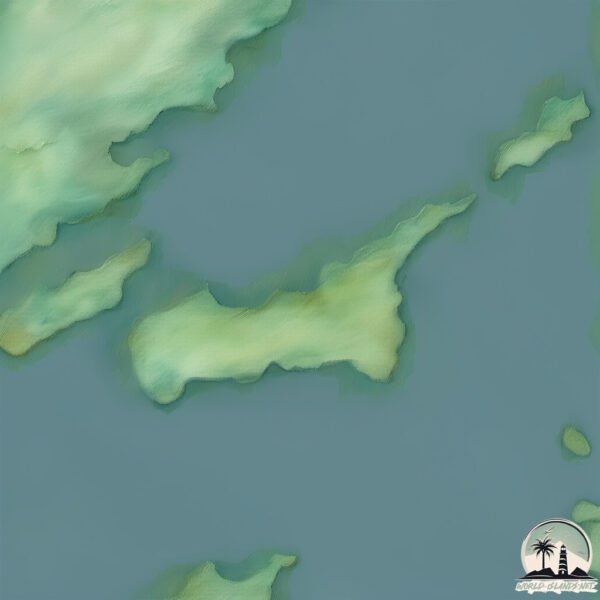Welcome to Swan , a Continental island in the The Coastal Waters of Southeast Alaska and British Columbia, part of the majestic Atlantic Ocean. This guide offers a comprehensive overview of what makes Swan unique – from its geography and climate to its population, infrastructure, and beyond. Dive into the details:
Geography and size of Swan
Size: 6.462 km²Coastline: 18.7 kmOcean: Atlantic OceanSea: The Coastal Waters of Southeast Alaska and British ColumbiaContinent: North America
Swan is a Small Island spanning 6.5 km² with a coastline of 18.7 km.
Archipel: Alexander Archipelago – A group of about 1,100 islands off the southeast coast of Alaska, USA, known for their temperate rainforests and indigenous Tlingit culture.
Tectonic Plate: North America – Covers North America and parts of the Atlantic and Arctic Oceans, characterized by diverse geological features and varying levels of seismic activity.
The geographic heart of the island is pinpointed at these coordinates:
Climate and weather of Swan
Climate Zone: ContinentalClimate Details: Warm-Summer Humid Continental ClimateTemperature: Warm Summer
Climate Characteristics: Features warm summers and cold winters with consistent precipitation, common in higher latitudes.
Topography and nature of Swan
Timezone: UTC-05:00Timezone places: America/New_YorkMax. Elevation: 287 m Mean Elevation: 106 mVegetation: Evergreen Needleleaf ForestTree Coverage: 82%
The mean elevation is 106 m. The highest elevation on the island reaches approximately 287 meters above sea level. The island is characterized by Hills: Gently sloping landforms with rounded tops, having a maximum elevation between 200 and 500 meters. Hills contribute to a varied landscape on islands.
Dominating Vegetation: Evergreen Needleleaf Forest
Vegetation: 7 vegetation zones – Very Highly Diverse Island
Infrastructure and Travelling to Swan
Does the island have a public airport? no .
Does the island have a major port? no .
The mean population of Swan is 7 per km². Swan is Gently Populated. The island belongs to United States of America .
Continuing your journey, Tiedeman is the next notable island, situated merely km away.
Four teenagers that went missing found alive on Swan Island
Four teenagers who went missing in waters off the Victorian Coast last night have been found alive on Swan Island. Victoria ...
Four teenagers that went missing found alive on Swan Island
Four teenagers who went missing in waters off the Victorian Coast last ...
Four teenagers who went missing in waters off the Victorian Coast last night have been found alive on Swan Island. Victoria ...
The 1960 Invasion of Great Swan Island
In 1960, the Swan Islands, approximately 95 miles from Honduras, were ...
In 1960, the Swan Islands, approximately 95 miles from Honduras, were disputed territory, and the front lines of the Cold War.
Missing Victorian teens found alive on Swan Island
Four teenagers that went missing on Victoria's Mornington Peninsula ...
Four teenagers that went missing on Victoria's Mornington Peninsula have been found alive on Swan Island. Two teenage boys ...
United States of America is classified as Developed region: G7: Group of Seven – Major advanced economies, including Canada, France, Germany, Italy, Japan, the United Kingdom, and the United States. The level of income is High income: OECD.
News – Latest Updates and Headlines from Swan
Stay informed with the most recent news and important headlines from Swan. Here’s a roundup of the latest developments.
Loading...
Please note: The data used here has been primarily extracted from satellite readings. Deviations from exact values may occur, particularly regarding the height of elevations and population density. Land area and coastline measurements refer to average values at mean high tide.

